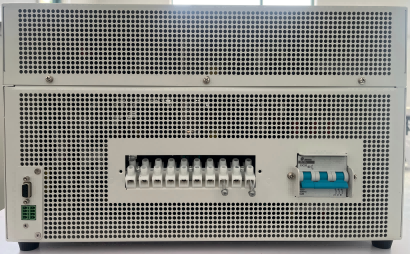communication equipment testing
Communication equipment testing encompasses a comprehensive suite of procedures and methodologies designed to evaluate the performance, reliability, and compliance of various communication devices and systems. This essential process involves rigorous testing of signal strength, data transmission rates, electromagnetic compatibility, and network interface capabilities. Modern testing equipment utilizes advanced digital signal processing technology and automated testing protocols to ensure accuracy and consistency in results. The testing procedures cover multiple aspects including RF performance, protocol conformance, interoperability, and environmental stress testing. These tests are crucial for manufacturers, service providers, and maintenance teams to verify that communication equipment meets industry standards and regulatory requirements. The process typically involves specialized test instruments such as spectrum analyzers, network analyzers, signal generators, and protocol testers, which work together to provide detailed performance metrics and identify potential issues before deployment. This systematic approach helps ensure that communication systems operate effectively in real-world conditions, maintaining signal quality and network reliability across various operating environments.




